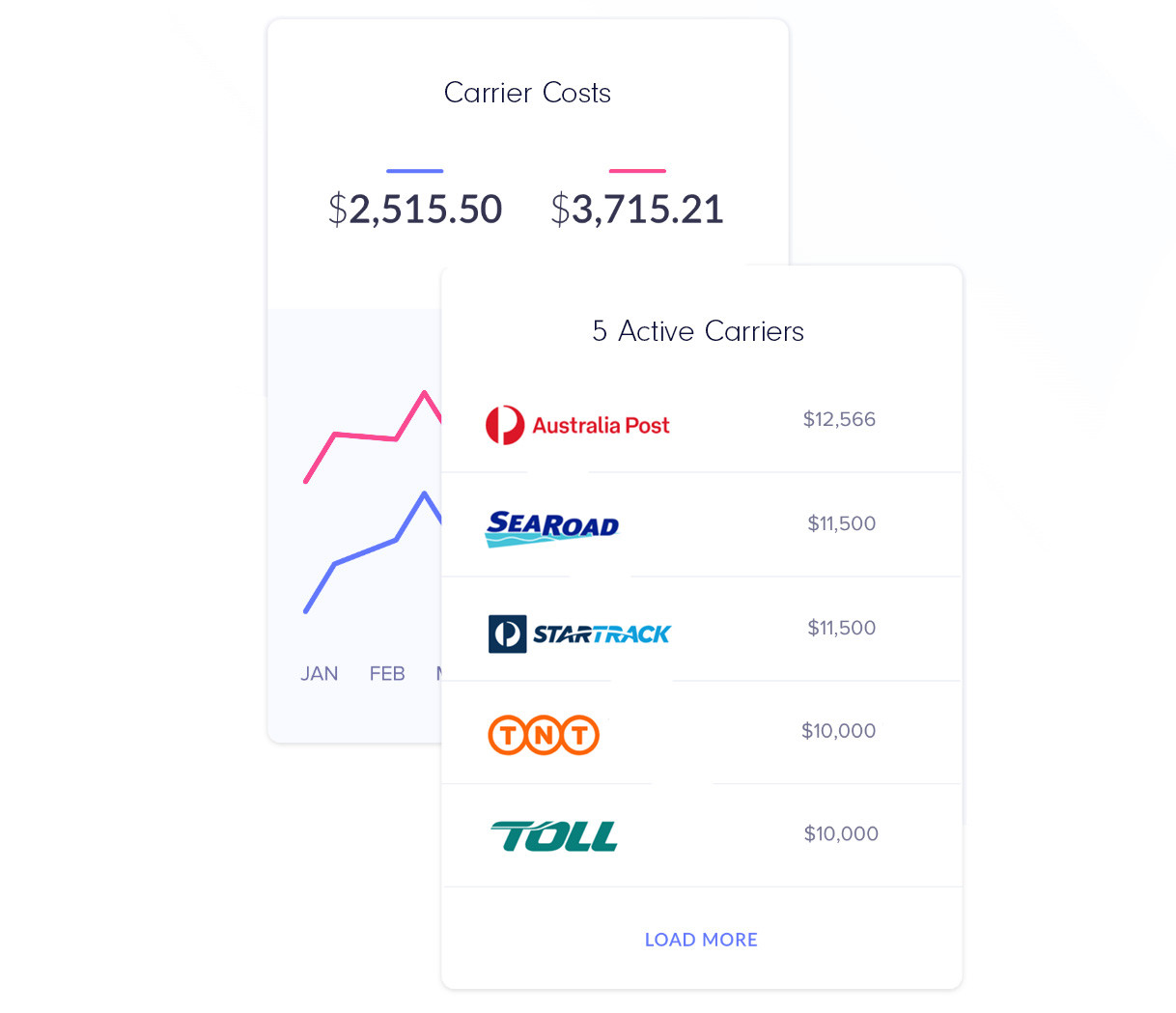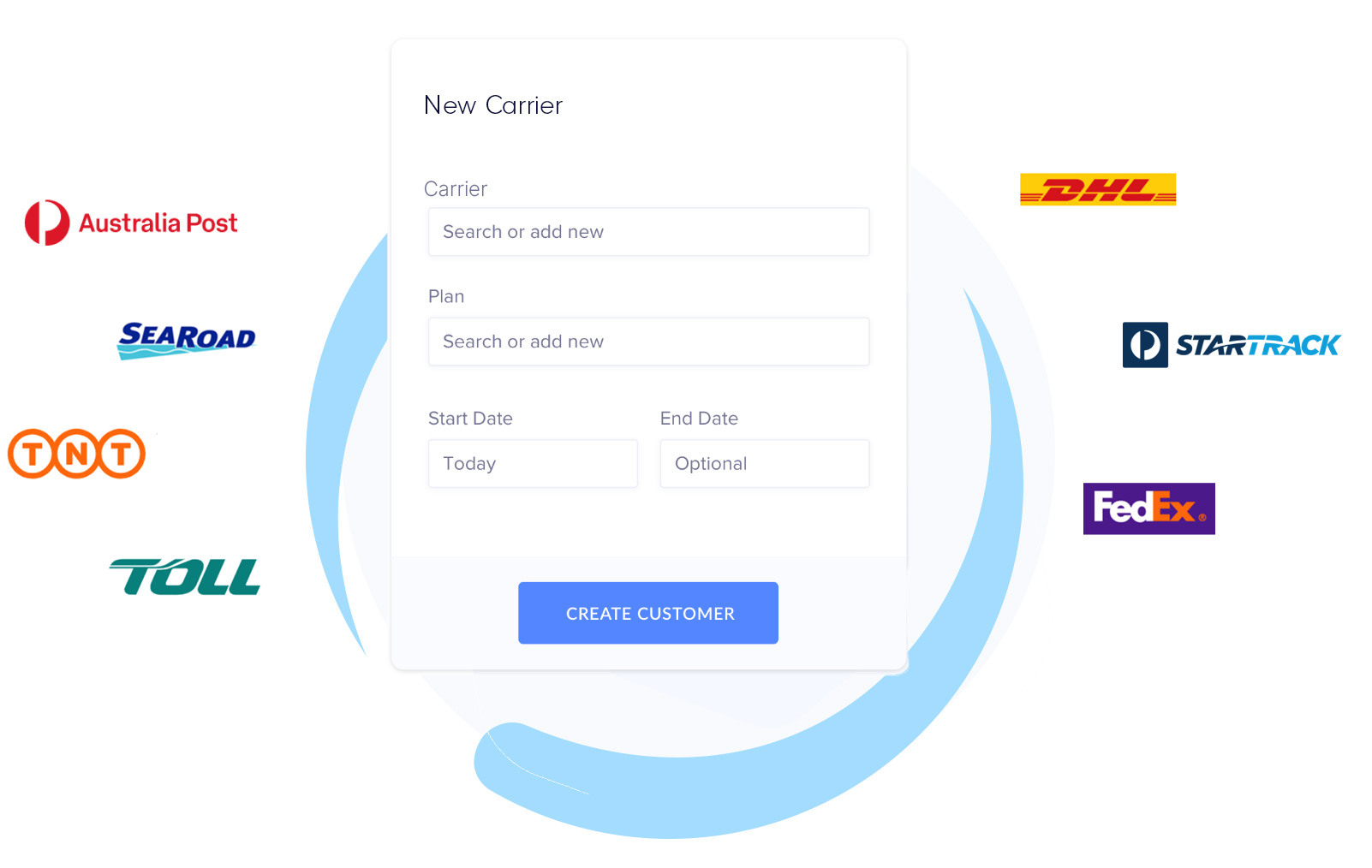Most companies want to choose the best freight carrier at the most cost effective price, for each freight consignment. To do this, companies can manually evaluate each consignment and compare freight rates across multiple freight carrier websites. Or they can use a Freight Management System, such as Cario, which uses complex algorithms to surface the best freight option for each requirement. Freight management software like Cario, allows you to optimise each delivery by providing real time freight quoting, booking and freight tracking. You can also integrate freight management systems into your existing ERP or WMS systems, so that all this information is available in the systems you already use.
To optimise delivery, companies need to look at their customer profiles and determine how they best want to serve their customers. Some companies want the cheapest freight quote, so they can keep their freight costs down and provide a lower cost product to their customers. Other companies want to provide the best freight service, regardless of cost. Most companies however, want a combination of this – where specific customers get specific freight carriers, depending on their requirements and customer value to the business. This is where Freight Management software can allow you to provide customised freight solutions for each of your customers. A good freight management system enables you to see the cost to serve each of your customers – and makes recommendations on how to improve.
Route optimisation software works by optimising the delivery route for all freight that is to be delivered. This type of software is often found within a Transport Management system. Transport Management systems use advanced algorithms to analyse the delivery locations of each consignment, and come up with the most effective delivery route plan. Delivery drivers receive their delivery run each day from the Transport Management software (TMS). They then use a TMS, such as Cario Connect to provide scan event updates as they are completed, such as picked up, onboard, and delivered. These events can be viewed through an integrated Freight Management system like Cario.
Delivery optimisation can be monitored in real time via a Transport management system. You can track an individual consignment’s status and compare it to its estimated time of arrival (ETA). Another way to monitor delivery optimisation is through the reporting that is included in a Freight Management system such as Cario. This Reporting will show you the Delivery in full on time (DIFOT) for each freight carrier over the previous month and allow you to see trends between freight carriers and regions. This then ensures you can choose different carriers for different regions to ensure you keep your DIFOT at the level you require.
Route optimisation is a critical component of sustainable freight solutions. By optimising the delivery of freight, we can ensure the freight delivery is the most efficient delivery possible.
The efficient delivery of freight is critical if we are to have sustainable freight deliveries. By optimising freight deliveries, we can reduce the carbon impact we have on our planet. We also need to be able to measure our carbon impact, as what we measure we can improve. Cario has a Carbon Calculator that will calculate Scope 3 Carbon emissions, which then provides companies with an opportunity to improve the sustainability options for their freight.
Absolutely. Small businesses spend a large proportion of their revenue on freight costs. By optimising their deliveries they are able to reduce this freight spend, as well as improve their sustainability efforts. Utilising a Freight Management System will allow small businesses to optimise their delivery outcomes and get the best solution for their freight. If they also include a Transport management system, such as Cario Connect, small businesses will be able to combine their third party freight carriers with their own fleet deliveries in the one freight system.





